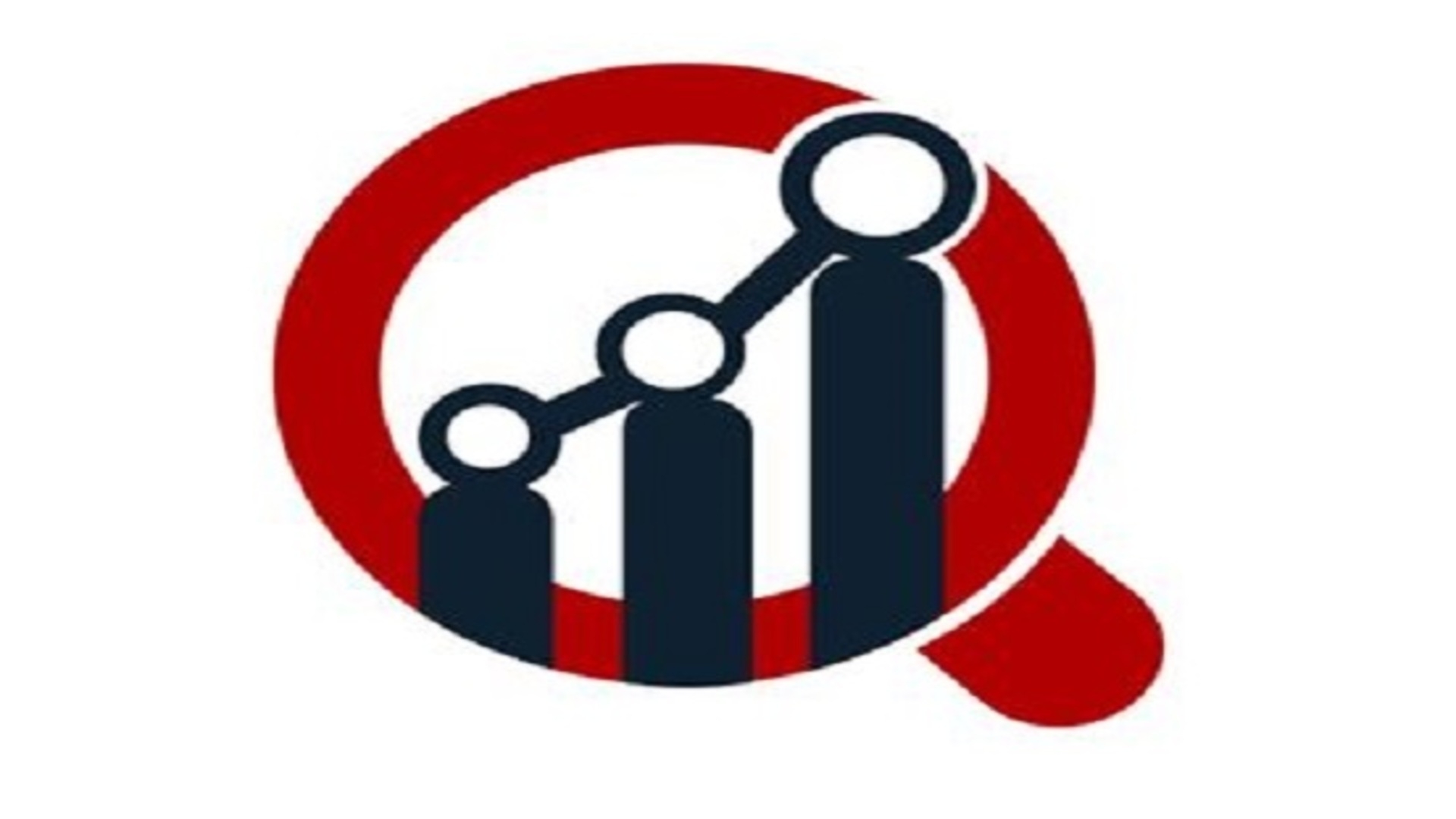Wound care isn’t what it used to be. Gone are the days of simple bandages and gauze as the go-to fix for serious injuries. Today, science is transforming healing — and at the heart of this revolution is bioactive wound care. This innovative approach doesn't just cover wounds; it actively accelerates the body’s natural healing processes, fights infection, and reduces scarring.
From battlefield injuries to diabetic ulcers, bioactive wound care products are reshaping recovery — and the Bioactive Wound Care Market is growing fast as a result.
What Is Bioactive Wound Care?
Think of bioactive wound care as “intelligent” healing. These advanced products — including alginate dressings, hydrocolloids, hydrogels, and antimicrobial-infused materials — interact with the wound bed to support cell growth, maintain optimal moisture, and prevent bacterial invasion.
Unlike traditional passive dressings that merely protect the wound, bioactive solutions actively promote tissue regeneration and faster closure. They’re especially useful in chronic wounds, such as pressure sores, diabetic foot ulcers, burns, and post-surgical incisions.
In essence, bioactive wound care transforms a bandage from a cover-up to a catalyst for healing.
The Science Behind the Speed
Bioactive dressings often contain materials derived from natural sources — like seaweed, collagen, and silver — known for their regenerative and antimicrobial properties. Some go further, incorporating growth factors or even stem cell-based components to stimulate healing at the cellular level.
This makes them ideal for complex or slow-healing wounds, which pose high risks of infection and complications. In hospitals and advanced wound care clinics, these therapies are already proving to reduce healing time, lower hospital stays, and improve patient outcomes.
A Market on the Rise
Fueled by rising cases of chronic wounds, an aging population, and greater awareness of advanced wound care technologies, the Bioactive Wound Care Market is on a steep growth curve.
Chronic conditions like diabetes and obesity — both linked to impaired wound healing — are driving demand globally. At the same time, technological advancements and regulatory support for innovative therapies are accelerating product launches and adoption in both hospital and homecare settings.
Regions like North America and Europe dominate the market due to high healthcare spending, but emerging economies in Asia-Pacific are quickly catching up, thanks to improving infrastructure and growing medical tourism.
Beyond the Hospital: Homecare and the Future
With more patients seeking care from the comfort of home, bioactive wound care is becoming increasingly accessible. Many products are now designed for ease of use without professional supervision — a game-changer for the elderly, mobility-impaired, and rural populations.
Moreover, smart wound care is just around the corner. Research is underway into dressings that can monitor wound status in real-time, release antibiotics on demand, or even signal infections via color changes. The future of wound care isn’t just active — it’s intelligent.
A Win for Patients, Providers, and Systems
Beyond the obvious patient benefits, bioactive wound care offers serious economic value. Faster healing means fewer complications, reduced hospital stays, and lower long-term care costs. For healthcare systems facing rising pressure and budgets, this innovation provides both clinical and financial relief.
For providers, bioactive products help tackle the most stubborn wounds — improving outcomes and satisfaction, especially in high-risk patients. And for pharmaceutical and biotech companies, it opens doors to a fast-growing, high-impact segment of the medical industry.
Want to know who’s leading the innovation and where the market is headed? Explore the full insights in the Bioactive Wound Care Market


